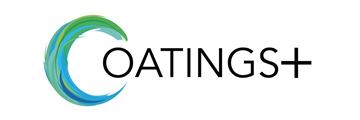Search
Lifetime Corrosion Control Cost Minimization
Also Purchased
Surface Roughness Profile and its effect on Coating Adhesion and Corrosion Protection
Product Number:
51220-238-SG
Publication Date:
2020
$20.00
Why Do We Record the Attributes of a Coating Failure as a Result of an Adhesion Test?
Product Number:
51220-229-SG
Publication Date:
2020
$20.00
Wet Abrasive Blasting: the Future of Surface Preparation and the Effects it has on Steel
Product Number:
51220-232-SG
Publication Date:
2020
$20.00
Recently viewed




